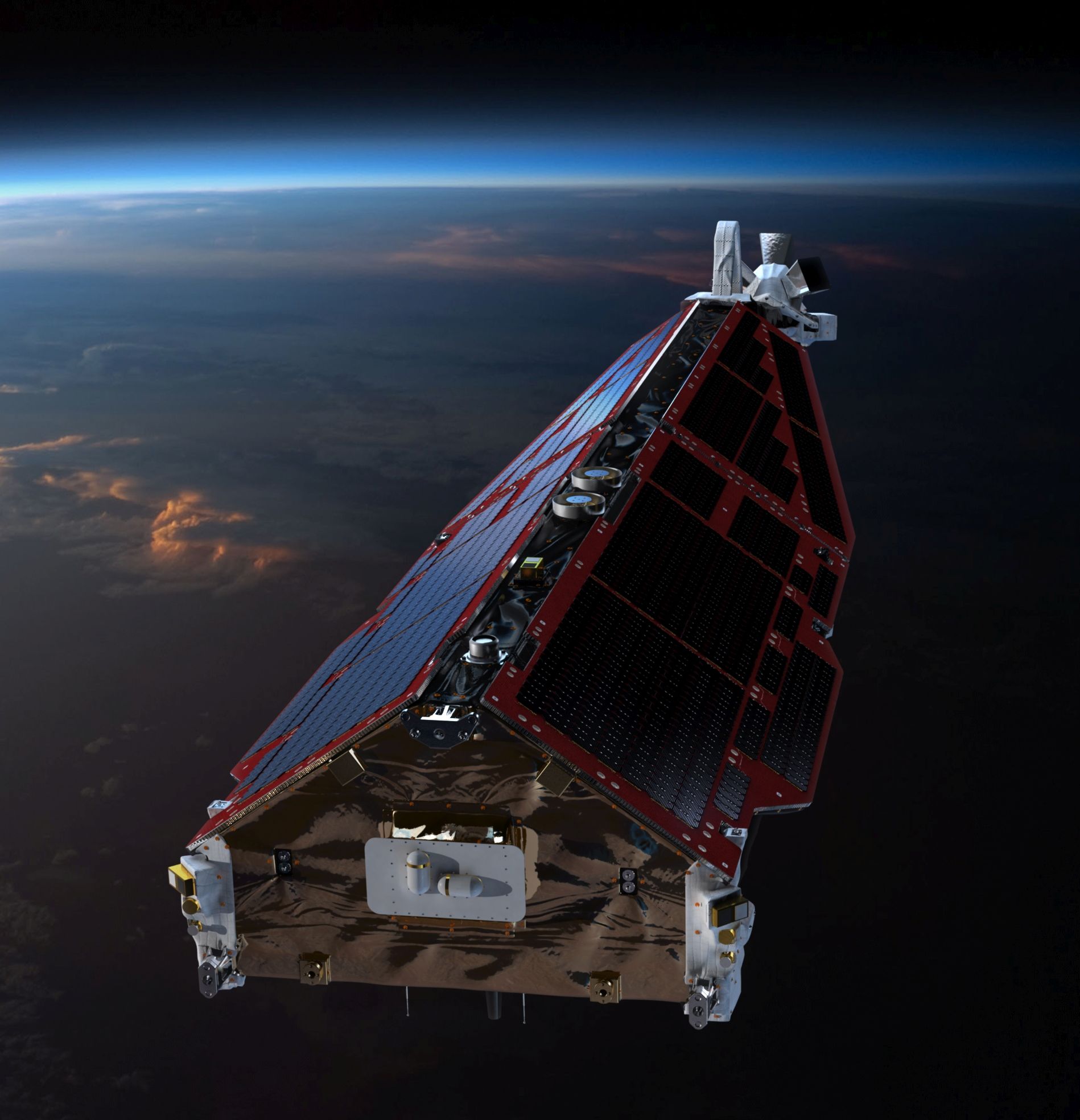ESA satellites map mysterious ocean magnetism
17 April 2018
Planet Earth is a fascinating world, and there is still a lot about it that we do not fully understand. Earth’s magnetic field intrigues scientists, and an ESA mission called Swarm is helping to discover more about it. Three satellites are part of Swarm, and their latest results have just been announced!
Earth's magnetic field is mostly created by incredibly hot liquid iron that moves around our planet's core. Magnetised rocks in Earth's crust also have a small effect. Did you know that seawater is also a source of magnetism? When salty seawater flows through Earth's magnetic field, an electric current is generated, and this in turn creates a magnetic force. It is very small and incredibly difficult to measure, but the Swarm satellites have done just this.
Mapping magnetic fields from the ocean surface to the seabed has allowed scientists to discover how the water is flowing at all depths, which is completely new information. Oceans absorb heat from the air, so tracking how heat is spread throughout the oceans is an important part of understanding more about Earth's climate. The latest Swarm mission results are even helping us to learn about the electrical properties of Earth's crust, and just below it – an area called the lithosphere. In fact, Swarm has made a new map of the magnetic field generated by Earth’s crust!
Swarm has mapped how Earth’s magnetic field changes over 24 hours. Red shows the strongest magnetic signals. Copyright: © Planetary Visions (credit: ESA/Planetary Visions).
All this is important because Earth's magnetic field protects us from harmful radiation in space, is part of our climate, and can reveal secrets about the inside of our planet. So the more we discover about our magnetic field, the more we learn about our home planet.
Cool fact: the three Swarm satellites are called Alpha, Bravo, and Charlie.







